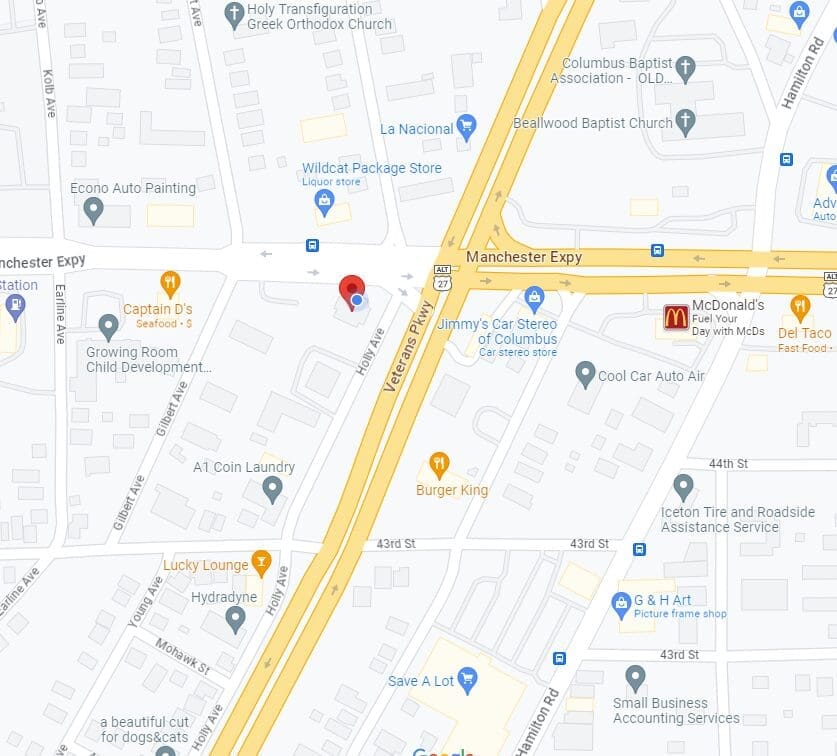Subtropical storms are fascinating meteorological events that occasionally grace the Atlantic Basin during hurricane seasons. These storms are unique in that they combine characteristics of two distinct storm types: tropical storms and extratropical lows.
Tropical Storms:

At their core, tropical storms, or more broadly, tropical cyclones, are driven by the release of heat energy when water vapor from warm ocean waters condenses into liquid. These systems are characterized by low-pressure centers with warm core circulations. Typically, the strongest winds are found near the center of the storm.
In conditions marked by low wind shear and ample moisture, tropical storms can intensify into powerful hurricanes. The National Hurricane Center closely monitors and forecasts these systems once they attain tropical depression status.
Extratropical Lows:
In contrast, extratropical or non-tropical lows derive their energy from temperature contrasts between cold and warm air masses. These weather systems always feature at least one front, such as a cold front, warm front, or occluded front. Extratropical lows are responsible for most precipitation over land areas in middle latitudes and can take on various forms, including winter storms, coastal storms, or cold fronts from Canada.
Extratropical storms have a cold core, and their strongest winds are typically distant from the center of circulation.
Subtropical Storms:

The intriguing transformation into a subtropical storm occurs when an extratropical low begins to warm up. This transition happens when the low slows down, moves over ocean waters with a temperature of at least 70 degrees Fahrenheit, and triggers thunderstorms near its center. If winds aloft help ventilate the storm, facilitating rising air and thunderstorms, the core of the low-pressure system warms up, primarily in the lower levels.
Subtropical storms are unique in that they exhibit features of both tropical and non-tropical systems. While they draw some energy from warmer ocean waters like tropical storms, they also retain some characteristics of their original extratropical nature.
Why Subtropical Storms Matter:
The National Hurricane Center issues advisories and forecasts for subtropical depressions and storms, assigning them numbers or names, similar to tropical depressions or storms. While subtropical storms cannot directly intensify into hurricanes, there’s a potential path for such intensification. If the subtropical storm remains over warm waters and thunderstorms develop close to its center, latent heat from these storms can warm the air sufficiently to create a fully tropical storm. Once this transformation occurs, further intensification into a hurricane becomes possible.
Even if subtropical storms don’t evolve into tropical storms or hurricanes, they can still bring significant impacts, including heavy rainfall, strong winds, and rough surf. These storms often have a large, cloud-free center, with thunderstorms and rainbands situated at a distance. The strongest winds in subtropical storms are also farther from the center compared to tropical storms.
Additionally, subtropical storms can generate swells that reach coastal areas, leading to high surf and rip currents.
Frequency and Recent Examples:
Subtropical storms were not officially recognized until the satellite era, and they weren’t named until 2002. They tend to occur early or late in the hurricane season when conditions favor the formation of colder upper-level lows and former extratropical lows in more southern latitudes.
One recent example occurred in mid-January 2023 when a subtropical storm formed off the Eastern Seaboard. Although it wasn’t designated as such at the time, it eventually moved into Nova Scotia, Canada, without causing significant damage or casualties.
In July of the same year, another subtropical storm, Don, emerged over the North Atlantic. Don later transitioned into a tropical depression and ultimately became a full-fledged hurricane after a looping path between Bermuda and the Azores.
The 2018 hurricane season witnessed a record number of subtropical storms, with seven named storms exhibiting subtropical characteristics at some point in their lifecycle. One of them, Alberto, eventually developed into a tropical storm, with remnants extending as far north as Michigan.
In conclusion, subtropical storms offer a captivating blend of meteorological features, combining elements of both tropical and extratropical systems. While they may not always evolve into hurricanes, they can still bring significant weather impacts, making them a subject of interest for meteorologists and those living in affected regions.
Are you in need of residential storm damage roofing services or products ?
Alliance Specialty Contractor, Inc. is a GAF Certified Contractor and a Full Service, Veteran Owned, Roofing companies near you that specializes in handling Storm Damage and Insurance Claims! We are the #1 source for all your roofing needs and your full-service roofing company that specializes in Storm damage roof replacement for all properties. We offer roof financing for your roof replacement.
You can count on our highly skilled team to provide fast and reliable free roofing inspections. We deal directly with insurance to ensure you receive the coverage you deserve and provide the best products from GAF. Are you in the Pittsview, Seale, Salem, La Grange, Shiloh, Phenix City, Auburn, Opelika, Columbus, Midland, Ft. Mitchell, Salem, Fortson, or Smiths Station?

Contact Us Today!
(877) STORM-11
Leave a Reply